The 97th Academy Awards marked a significant moment in cinematic history, with “The Brutalist” securing the Oscar for Best Cinematography. This victory was largely attributed to its use of the Beaumont VistaVision film camera, a technological marvel that redefined visual storytelling by reviving the horizontal film technique. In an era dominated by digital filmmaking and AI-assisted cinematography, “The Brutalist” proved that the mastery of traditional techniques remains unparalleled.
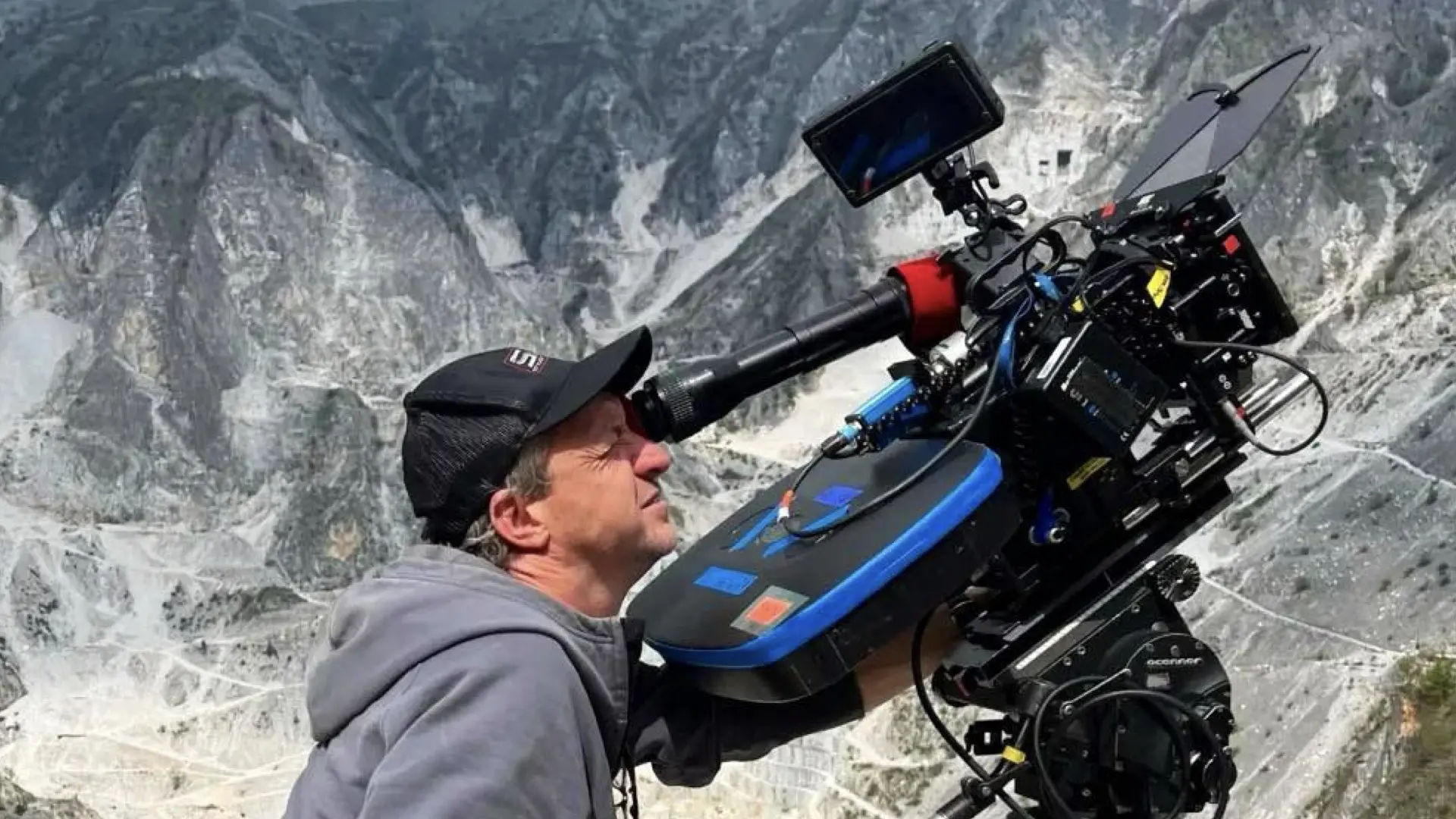
Revolutionizing Cinematic Imagery with VistaVision
Unlike conventional film cameras that run film vertically, the Beaumont VistaVision camera utilizes a horizontal transport mechanism, exposing a larger negative area per frame. This technique results in significantly enhanced image clarity, finer grain structure, and a breathtaking depth of field. Originally developed in the 1950s by Paramount Pictures, VistaVision was revered for its ability to capture expansive compositions with stunning detail. With “The Brutalist,” director Brady Corbet and cinematographer Lol Crawley harnessed the full potential of this technique to craft a visual experience that is both immersive and evocative. The wide aspect ratio achieved through VistaVision allowed for grand architectural compositions, accentuating the film’s themes of resilience, artistry, and identity.
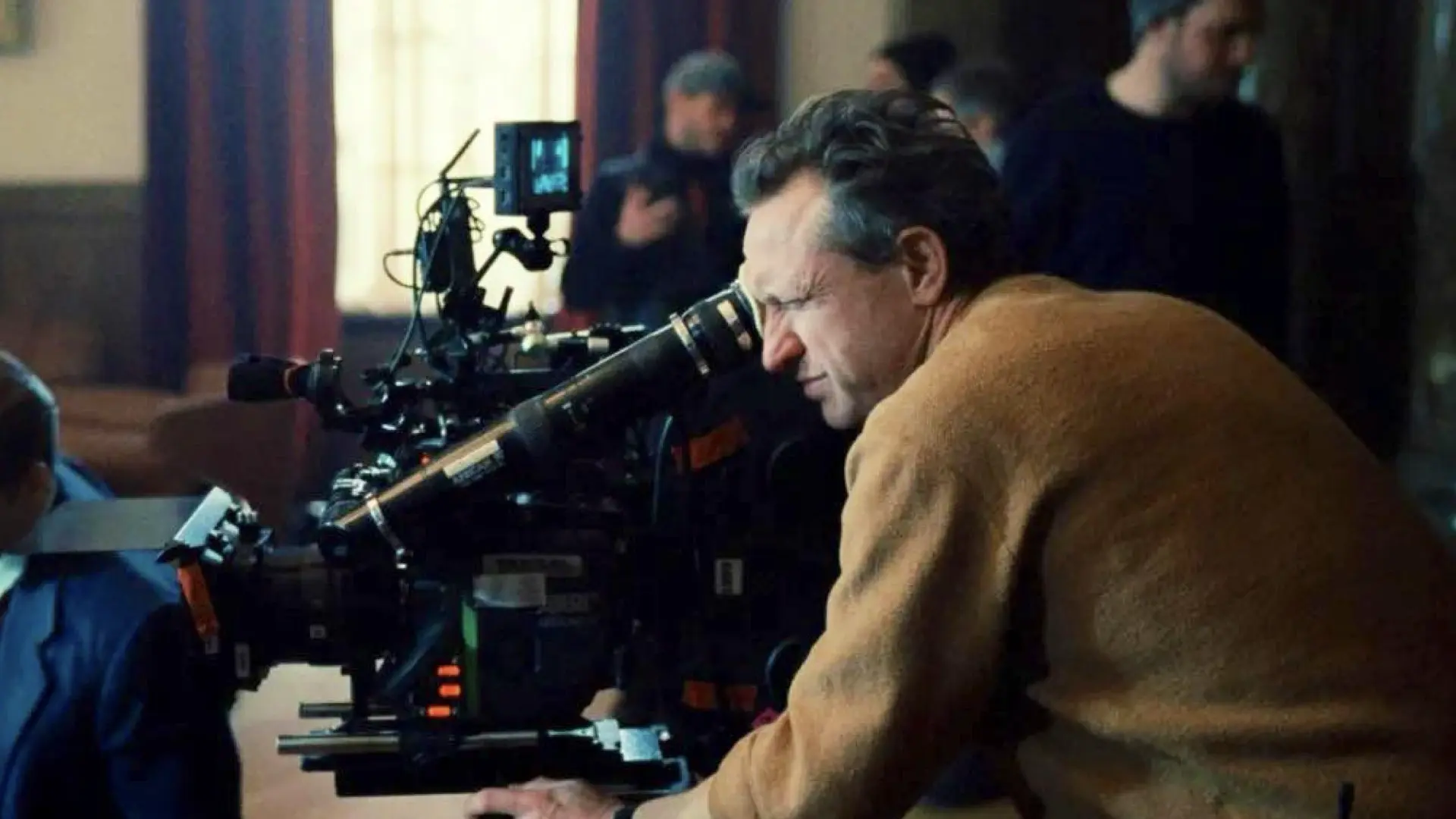
“The Brutalist”: A Testament to Classic Craftsmanship
Set against the backdrop of post-war America, “The Brutalist” follows the life of Hungarian architect László Tóth, a visionary struggling to leave his mark on the world. The film’s cinematography played a crucial role in reinforcing its narrative, utilizing light, shadow, and intricate framing to reflect the protagonist’s emotional depth. Crawley’s decision to employ VistaVision not only enhanced the film’s aesthetic but also contributed to its authenticity, making every frame feel like a meticulously composed photograph. The film’s impact was felt across the industry, earning widespread acclaim for its innovative approach to cinematography. “The Brutalist” went on to win multiple awards, including Best Motion Picture – Drama at the 82nd Golden Globe Awards, and was named one of the top ten films of 2024 by the American Film Institute. With a box office gross of $41.4 million against a modest $9.6 million budget, it proved that audiences still crave the artistic touch that only film can provide.
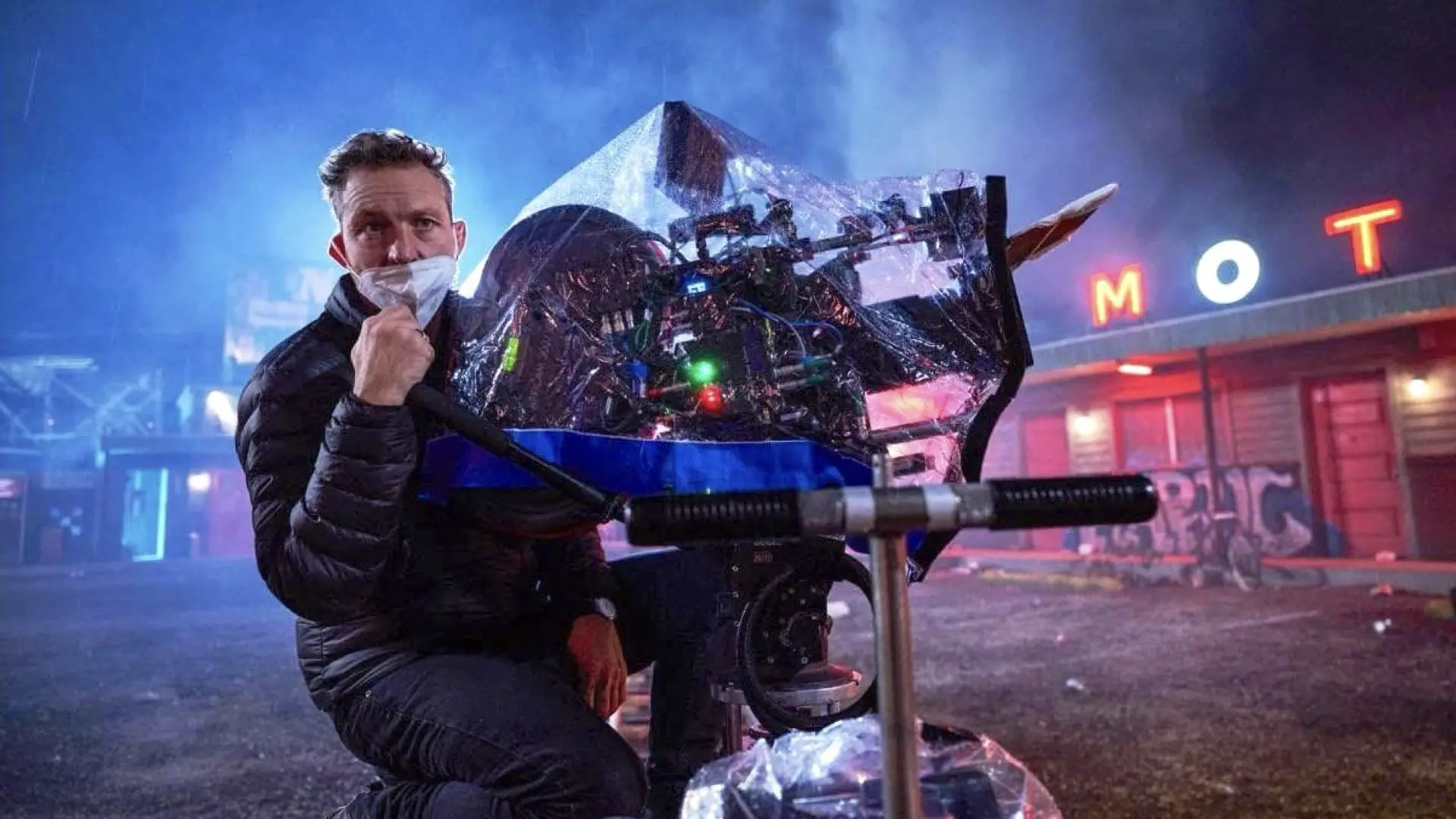
A Victory for Traditional Filmmaking Over AI
In recent years, AI-driven filmmaking has gained traction, with automated cinematography, digital environments, and algorithm-generated visuals becoming increasingly prevalent. However, “The Brutalist” stands as a defiant statement against this trend. The meticulous craftsmanship involved in using a film-based process, the deliberate framing choices, and the tactile quality of celluloid all contributed to an authenticity that digital tools struggle to replicate. This return to traditional cinematography echoes the sentiments of many filmmakers who believe that AI-driven production often lacks the soul and artistic integrity of human-led techniques. The Beaumont VistaVision’s triumph at the Oscars serves as a testament to the enduring power of film, proving that in the battle between digital and analog, the human touch still reigns supreme.
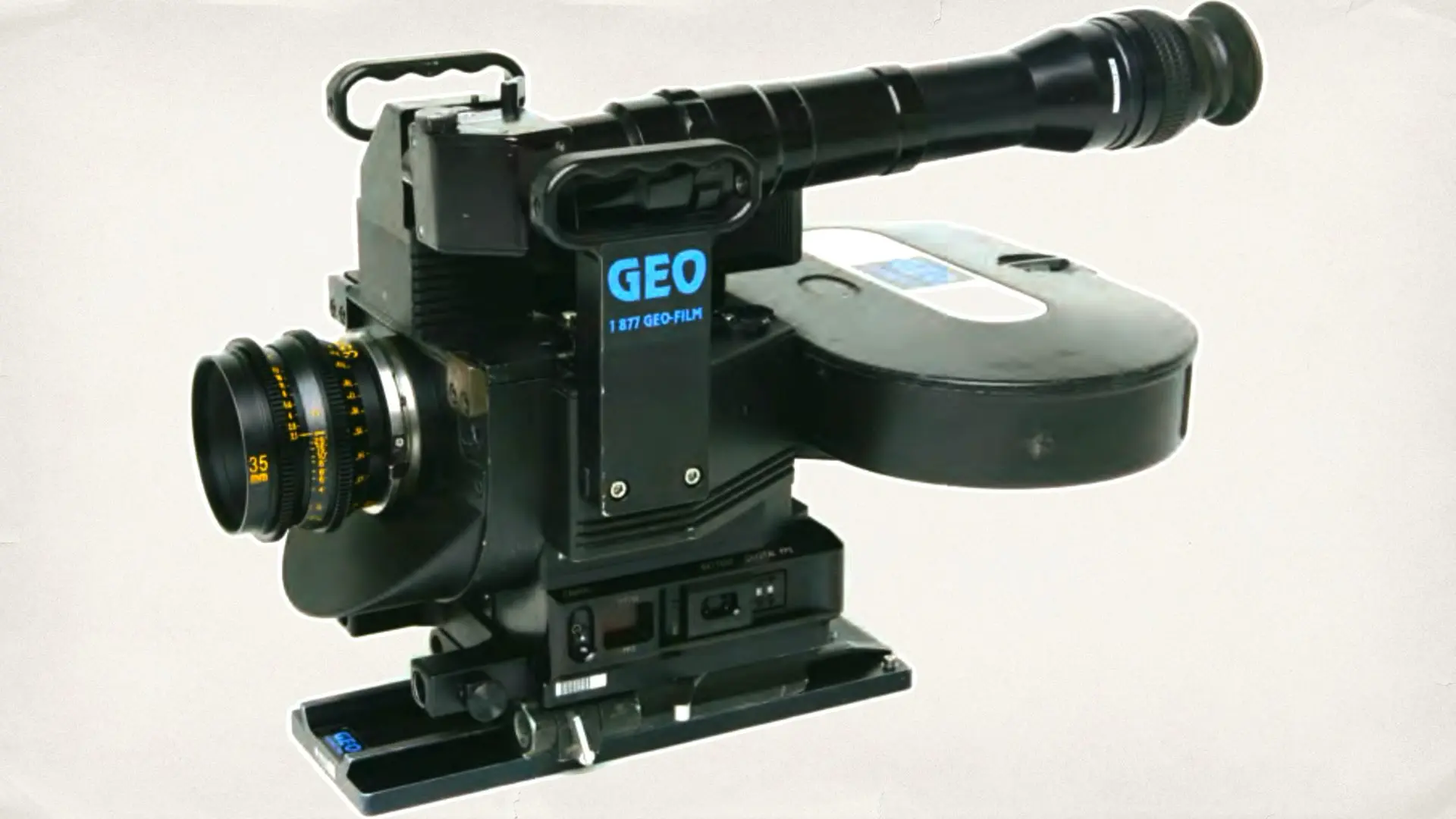
A Testament to the Film’s Impact
The revival of VistaVision and the cinematic brilliance of “The Brutalist” sparked significant discussion among filmmakers and enthusiasts alike. On Reddit’s cinematography forum, users dissected the film’s 3.5-hour runtime, its breathtaking 70mm presentation, and the decision to shoot on VistaVision despite the dominance of digital technology. Many commenters praised the decision to use film, noting how it contributed to the movie’s textured, immersive aesthetic. Some users highlighted how the use of large-format film elevated the emotional resonance of the story, making every frame feel monumental. Others debated whether the resurgence of traditional techniques signals a broader shift away from AI-assisted cinematography. The conversation underscored a growing appreciation for analog filmmaking, suggesting that audiences and industry professionals alike are craving more tangible, handcrafted visuals in an era saturated with artificial imagery.
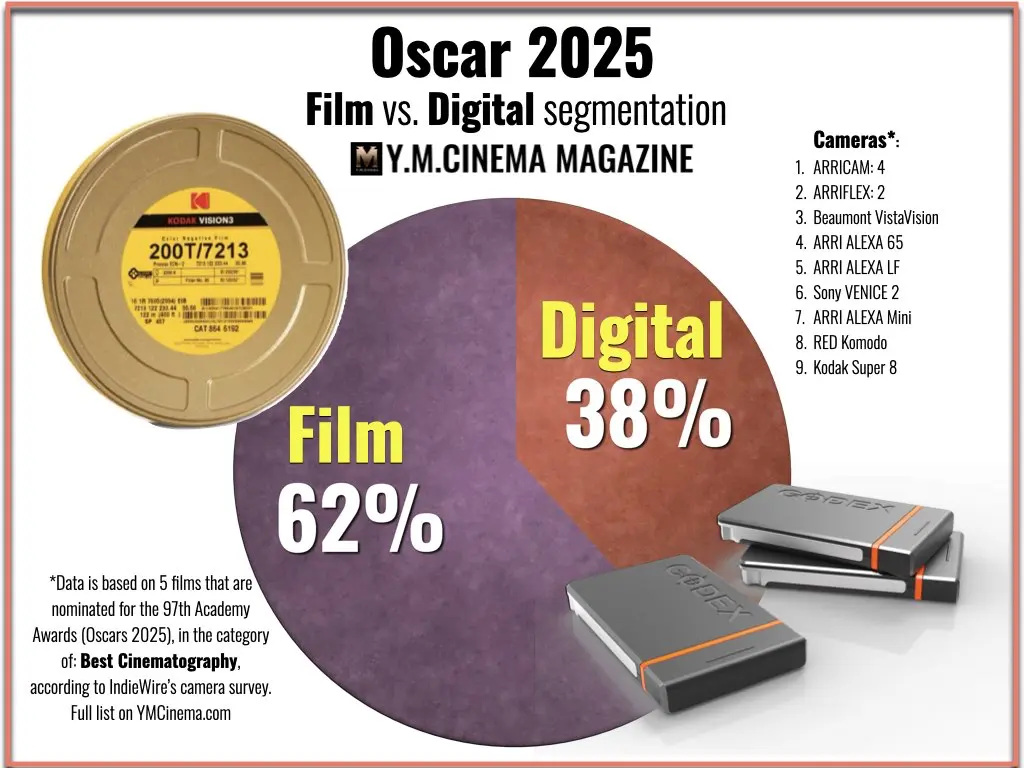
The Future of VistaVision and Traditional Film Techniques
The overwhelming success of “The Brutalist” has sparked renewed interest in the use of large-format film cameras. More filmmakers are now exploring the capabilities of VistaVision for its ability to capture high-resolution, deeply textured images. Other films shot with the Beaumont VistaVision, as detailed in resources like ShotOnWhat, highlight its versatility and enduring appeal.
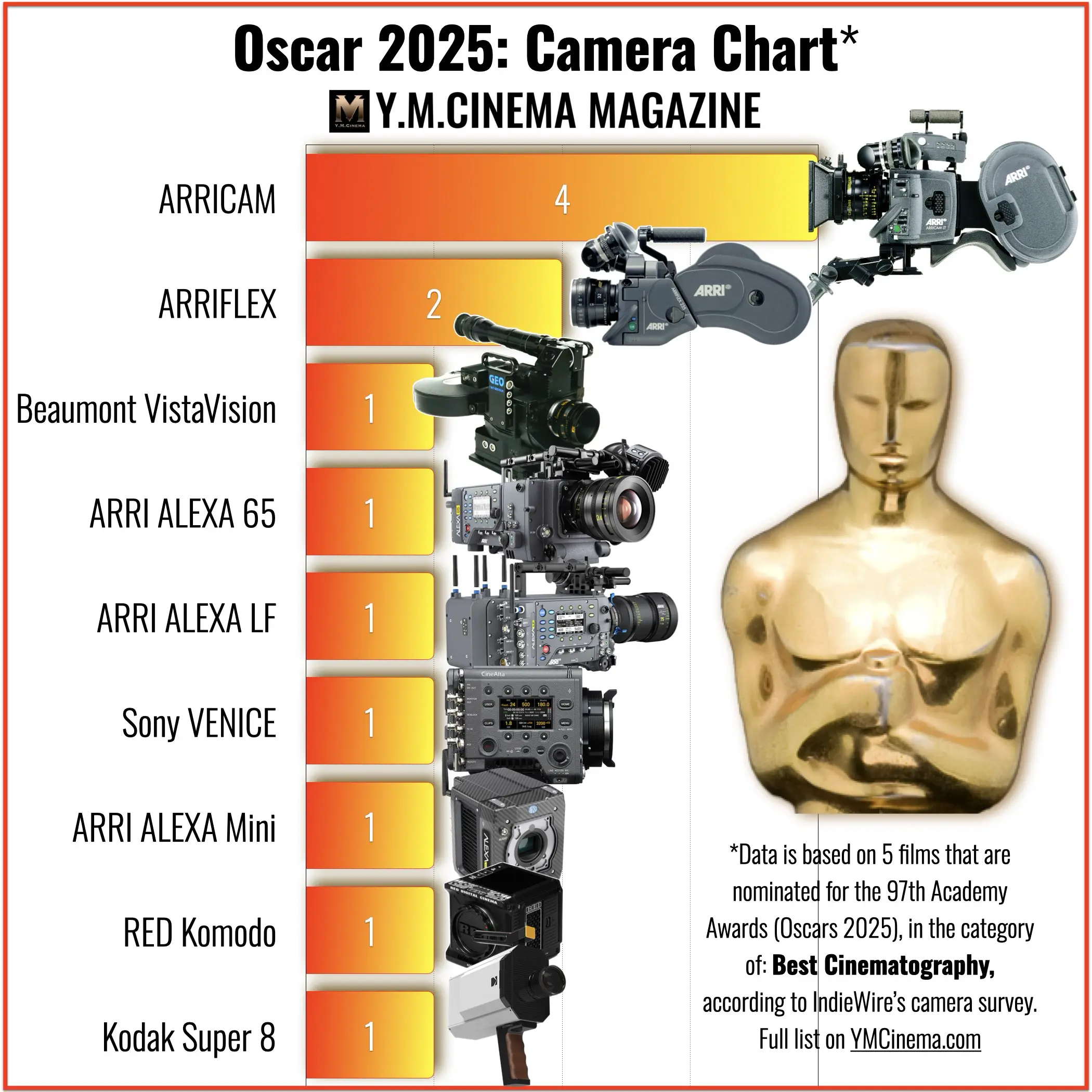
The Brutalist’s Tech Stuff and Insights
Cinematic Collaboration
Lol Crawley, the cinematographer of The Brutalist, teamed up for the third time with director Brady Corbet, maintaining their commitment to shooting on film. The film’s visual style was deeply influenced by brutalist architecture, emphasizing clean lines and minimal lens distortion to preserve the geometry of the structures.
An Unquestionable Commitment to Celluloid
From the very beginning, Crawley had no doubts about shooting The Brutalist on film. To him, digital was never an option. Film’s organic grain structure, natural highlight roll-off, and ability to capture a rich, textural image aligned perfectly with the film’s aesthetic. The depth and imperfection of celluloid played a crucial role in evoking the historical authenticity of the story.
VistaVision: The Choice for Large-Format Cinematography
To achieve a wide field of view while maintaining a natural perspective, Crawley and Corbet opted for VistaVision, a large-format film stock. Unlike traditional anamorphic lenses, which introduce distortions, VistaVision allows for expansive compositions without the need for extreme wide-angle lenses. Additionally, VistaVision cameras transport the 35mm film horizontally rather than vertically, exposing a larger negative area per frame. This results in higher resolution, finer grain, and an immersive depth that enhances the film’s architectural themes.
Multi-Format Approach: A Journey Through Time
Since The Brutalist spans from post-WWII to 1980, the cinematographers incorporated multiple film formats to authentically represent different time periods. They used:
- VistaVision for large-format sequences.
- Standard 35mm and 16mm to evoke historical authenticity.
- Digi Betacam for select moments, adding a distinct visual contrast.
Camera and Lens Selection
Crawley and his team used a combination of cameras, including the ARRI 235, 435, and ARRICAM LT and ST. Their lens selection centered on Cooke S4 lenses, which they had successfully used in previous projects. These lenses provided a warm, natural look while maintaining sharpness and character.
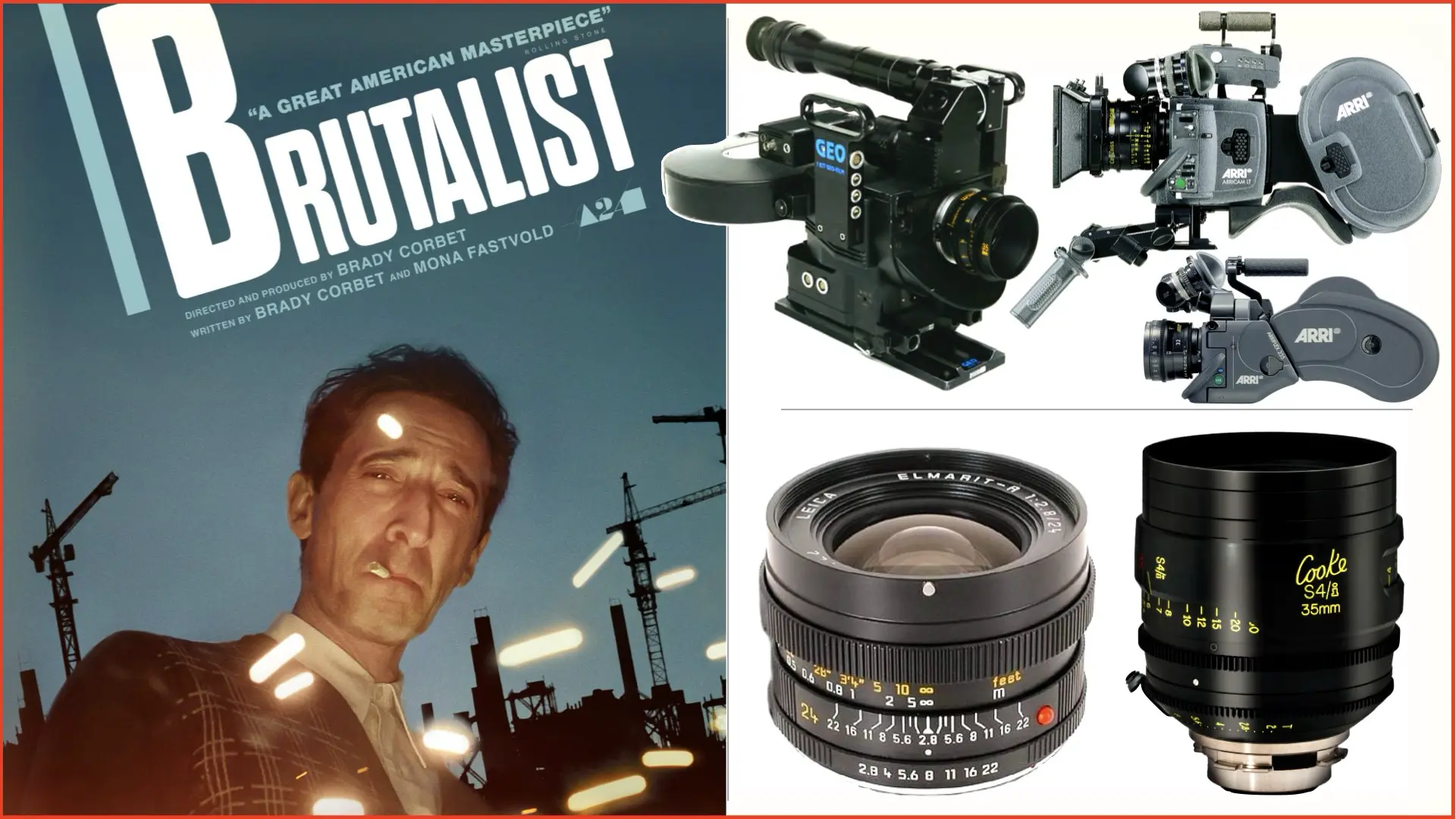
Film Stock and Color Processing
The team primarily shot on Kodak 250D and 500T, leveraging the film’s natural characteristics to shape the color and mood of each scene. Instead of relying on post-production color grading alone, they adjusted the look through careful lighting, set design, and exposure techniques. They deliberately underexposed the film and pushed the stock during processing to add texture and avoid a modern, overly clean aesthetic.
Lighting Philosophy: Removing Light Instead of Adding
Crawley often worked by removing light rather than adding it, embracing available light for exterior scenes and using minimal artificial sources indoors. Some key lighting techniques included:
- Natural Light in the Marble Quarry: Due to safety and logistical constraints, an entire sequence in an active quarry in Italy was filmed using only available light.
- Practical Lighting in the Budapest Catacombs: For a complex party scene set underground, the cinematographers swapped standard bulbs for brighter photofloods, allowing for 360-degree handheld camera movements without additional lighting rigs.

Aesthetic Influence: Harris Savides’ Legacy
Inspired by the late cinematographer Harris Savides, Crawley embraced a philosophy of lighting entire spaces rather than specific shots. This approach ensured that the film’s visuals felt immersive and organic, allowing actors to move freely while maintaining a consistent atmosphere.
A Balance of Precision and Spontaneity
Through a combination of large-format cinematography, multi-format storytelling, natural lighting, and carefully chosen film stocks, The Brutalist achieved a distinctive, textured aesthetic. Crawley’s technical choices balanced precision with openness to on-location discoveries, shaping the film’s raw yet visually rich atmosphere.
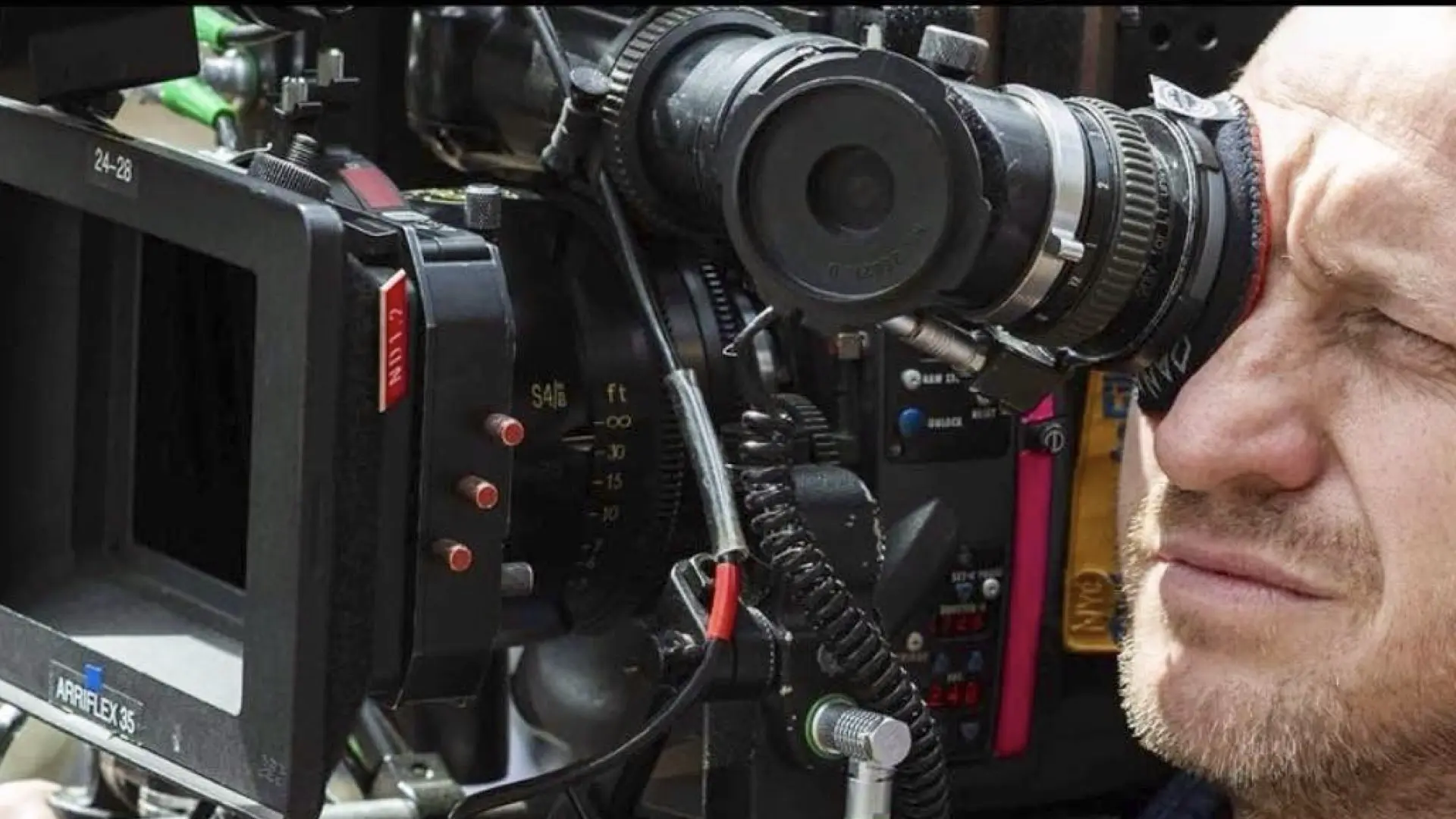
Conclusion: A Cinematic Renaissance
The victory of “The Brutalist” at the 97th Academy Awards is more than just an accolade—it is a statement. It underscores the timeless nature of traditional cinematography and serves as a reminder that, despite rapid technological advancements, the magic of film remains irreplaceable. The Beaumont VistaVision camera’s unique horizontal shooting technique is not just a nostalgic throwback but a powerful tool that continues to shape the visual language of cinema. In an age where AI threatens to homogenize storytelling, “The Brutalist” and its Oscar-winning cinematography reaffirm that true artistry lies in the hands of the filmmaker—not in the lines of code. This triumph marks a cinematic renaissance, one where filmmakers are inspired to return to the roots of their craft and create stories that are as visually compelling as they are emotionally resonant.
For a deeper dive into the cameras behind this year’s Oscar-winning films, check out YM Cinema’s exclusive coverage.
Where to Buy the Gear Featured in This Article
- 📌 Cooke S4/i Prime Lens
- 🛒 BUY on B&H | 🛒 BUY on Adorama
- 📌 Leica Elmar-R lens

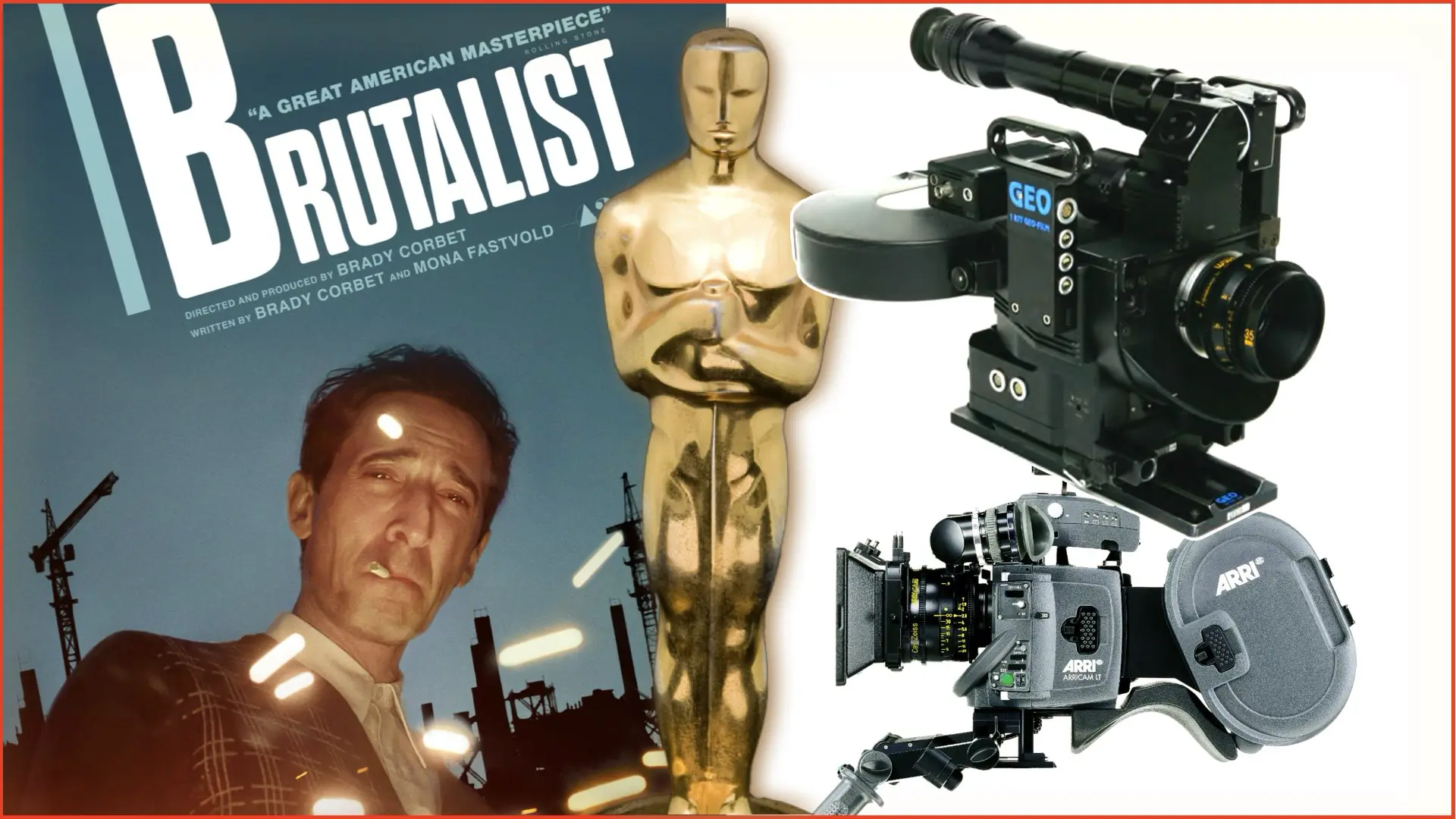
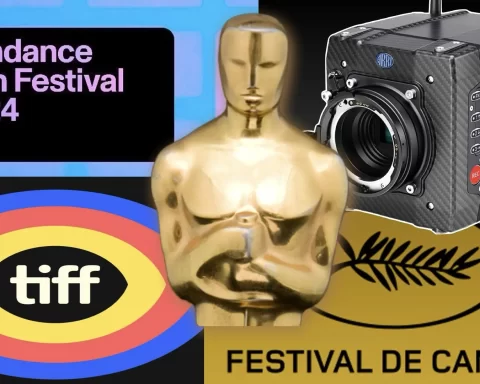
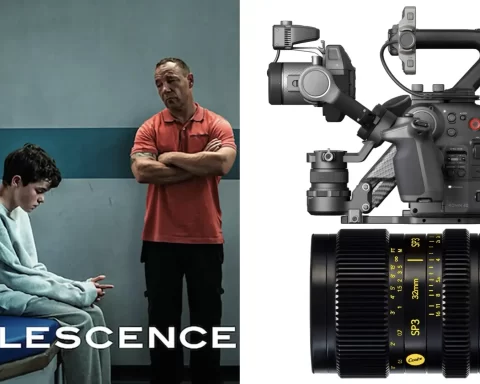
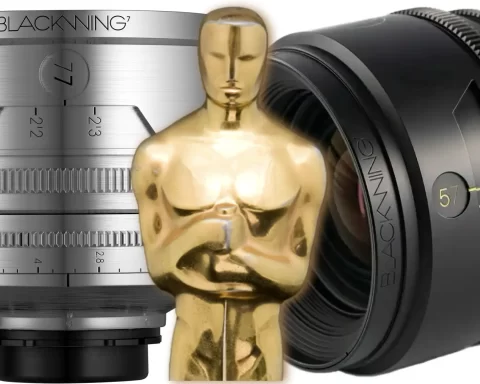
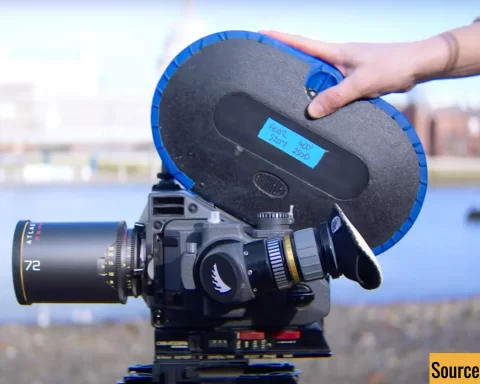
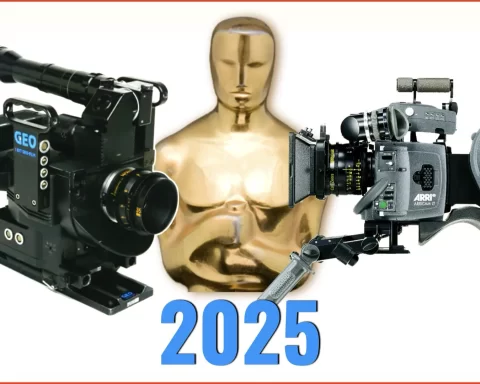
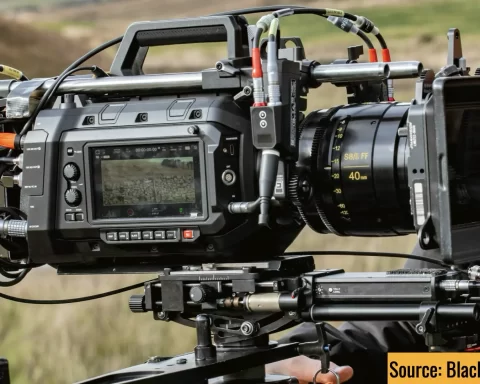
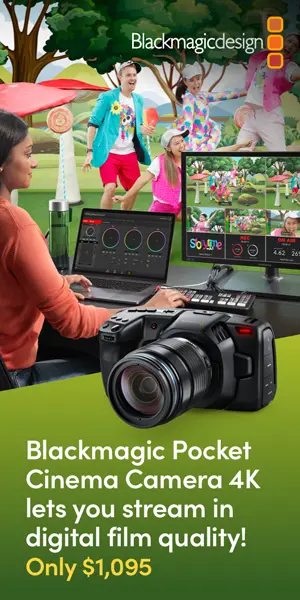
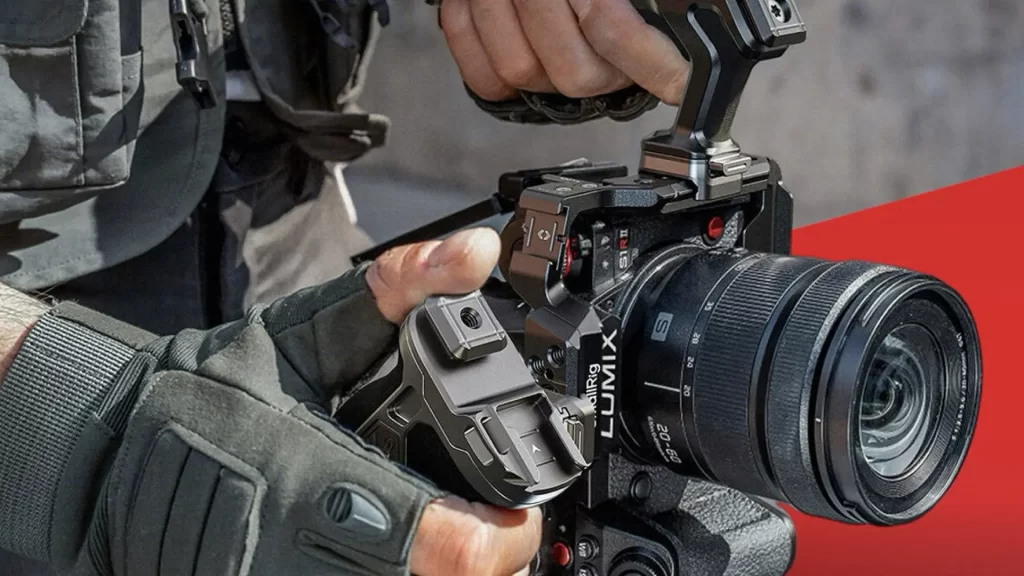
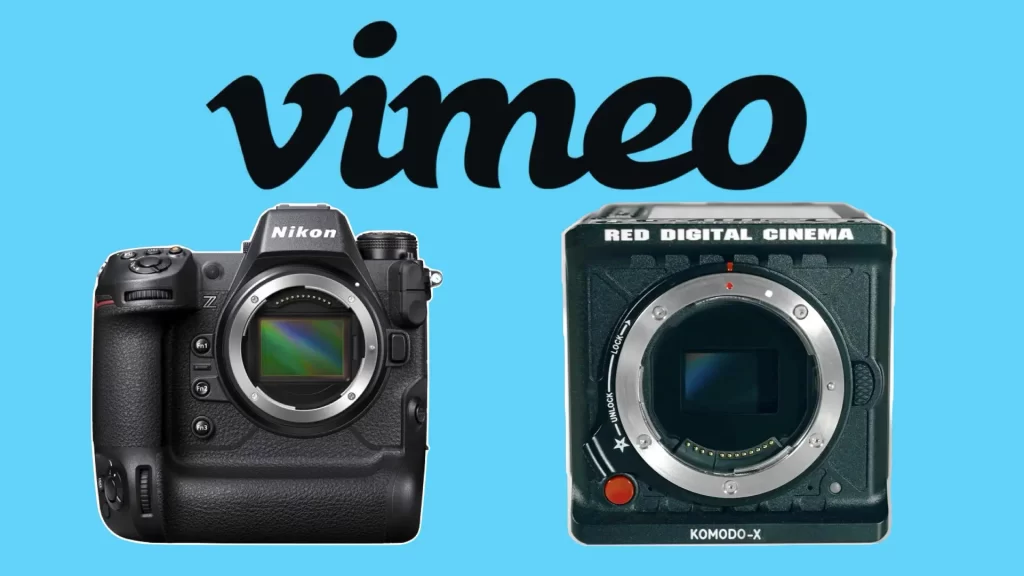

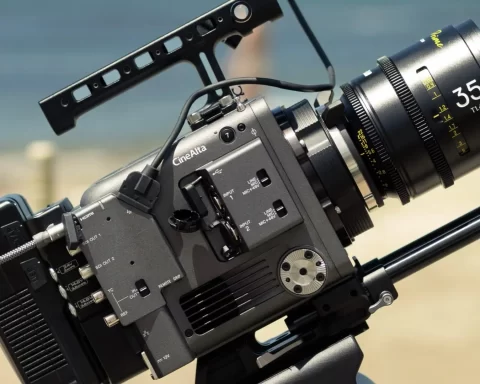
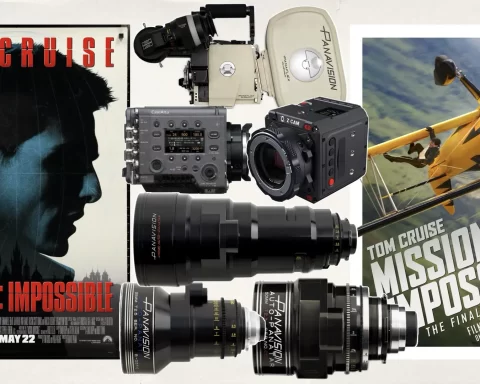
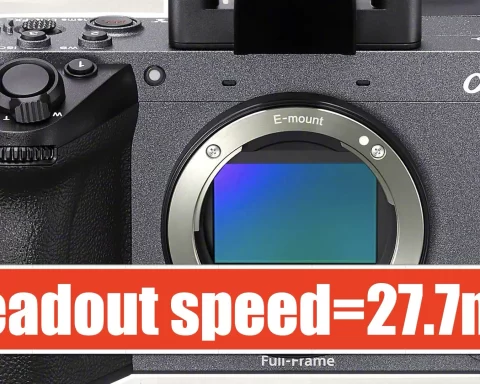
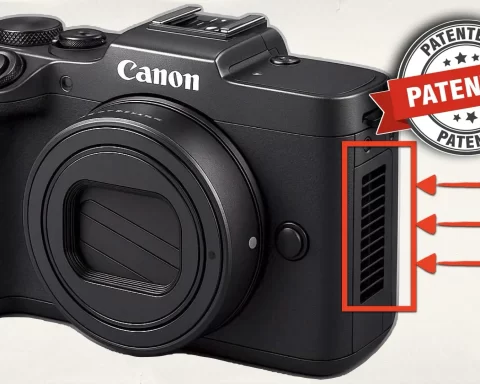

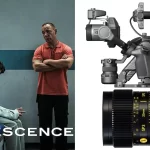
I love that they are pushing back against this obvious race to the bottom but also… They very much used Ai in this film. https://www.vulture.com/article/the-brutalist-ai-controversy.html#
First Ultra Panavision 70, now VistaVision. As a wide gauge film enthusiast, I am overjoyed at seeing classic film formats making a comeback.